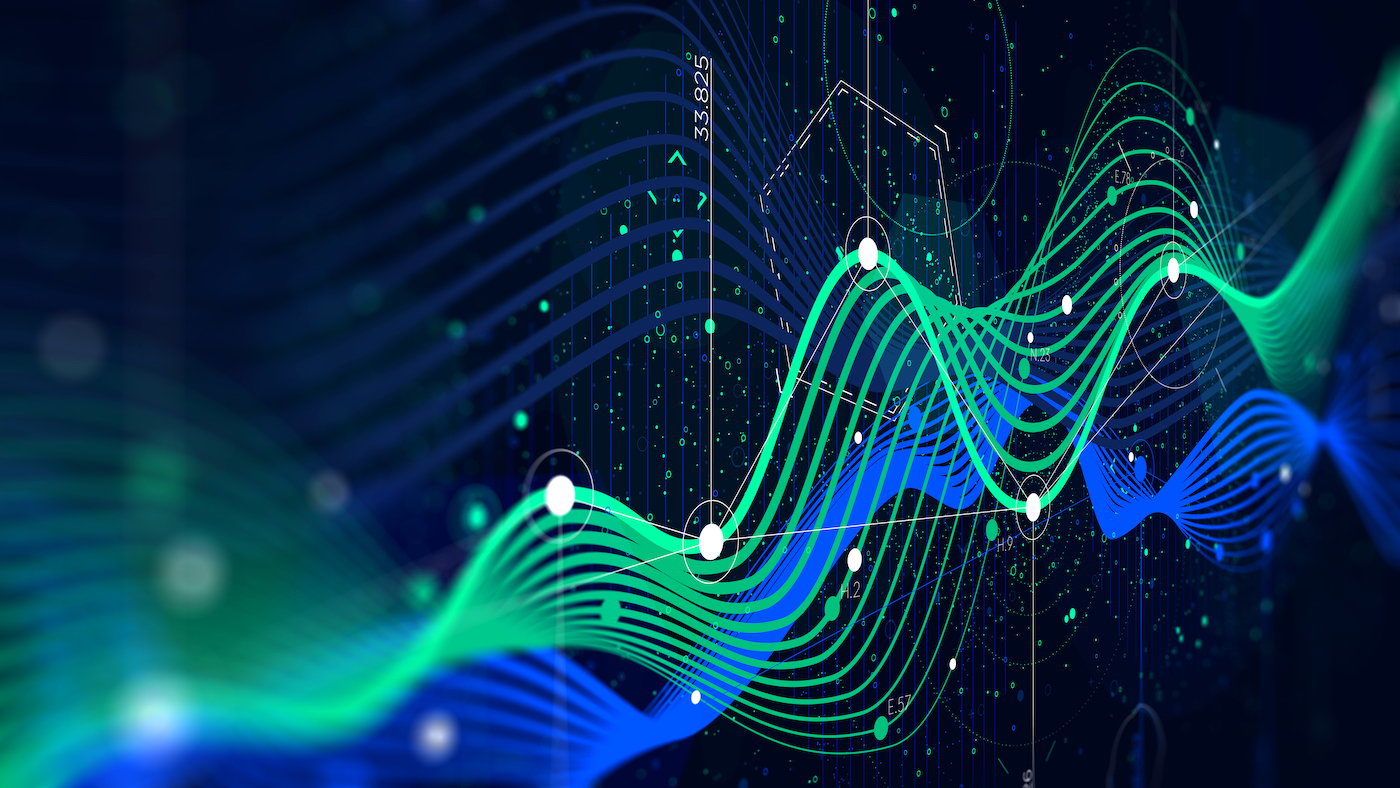KAUST helps slash SEC profit losses using ML

KAUST and the Saudi Electricity Company joined together in a recent collaboration to reduce non-technical losses in the Saudi power sector each year.
The Saudi Electricity Company (SEC) has announced a collaboration with KAUST to save tens of millions of Saudi riyals due to non-technical losses. The SEC sought to leverage the University's expertise in machine learning to help boost profitability and increase efficiency.
The SEC has been working with the KAUST Visualization Core Lab (KVL) since the fall of 2018, through its Innovation Energy Incubator, as well as through DistriMod, its innovative and incubation project, which targets all areas where energy loss might occur. The collaboration aims to apply machine learning and visualization tools to reduce fraud, waste and abuse in the Saudi power sector.

Khalid A. Al-Dossary is Innovation Energy Incubator manager at the Saudi Electricity Company. File photo.
"Together with KVL, our analysts estimated that the SEC could recover at least 73,000,000 SAR in lost revenue by correcting anomalies identified by KAUST machine learning models," said Khalid A. Al-Dossary, SEC's Innovation Energy Incubator manager.
Technical and non-technical losses
Non-technical losses are losses due to fraud, waste and abuse. Technical losses stem from the physics of generating, transmitting and distributing electricity through the grid. The partnership aims to target non-technical losses in the Saudi power sector as they are significantly higher than those experienced in many European and North American countries, and they represent a significant amount of lost revenue for the SEC.
KVL scientists met with SEC analysts and leadership in the spring of 2019 to discuss the preliminary results of the machine learning models to develop more focused research questions for further collaboration.
%20CROPPED.jpg)
Dr. David R. Pugh is a staff scientist in the KAUST Visualization Core Lab. File photo.
Models with real-world results
Using five years of SEC billing data from the Riyadh area, KVL scientists also developed minimum viable product models that used machine learning to predict SEC customer electricity usage and to detect anomalous billing transactions.

Al-Dligan is DistriMod project leader and worked with KAUST through the Saudi Electricity Company in the recent collaboration to reduce non-technical power losses. File photo.
"The KAUST Core Labs maintains world-class state-of-the-art facilities and expertise, and I feel that they should be further utilized to meet the demands of organizations around the Kingdom," stated Justin L. Mynar, KAUST associate vice president for research and executive director of the KAUST Core Labs and Research Infrastructure.
Related stories
- KAUST supercomputer serves the Kingdom's COVID-19 research
- Using AI to understand the pathogenesis of COVID-19
-
KAUST and the Industrial Clusters sign National BioPark MoU

